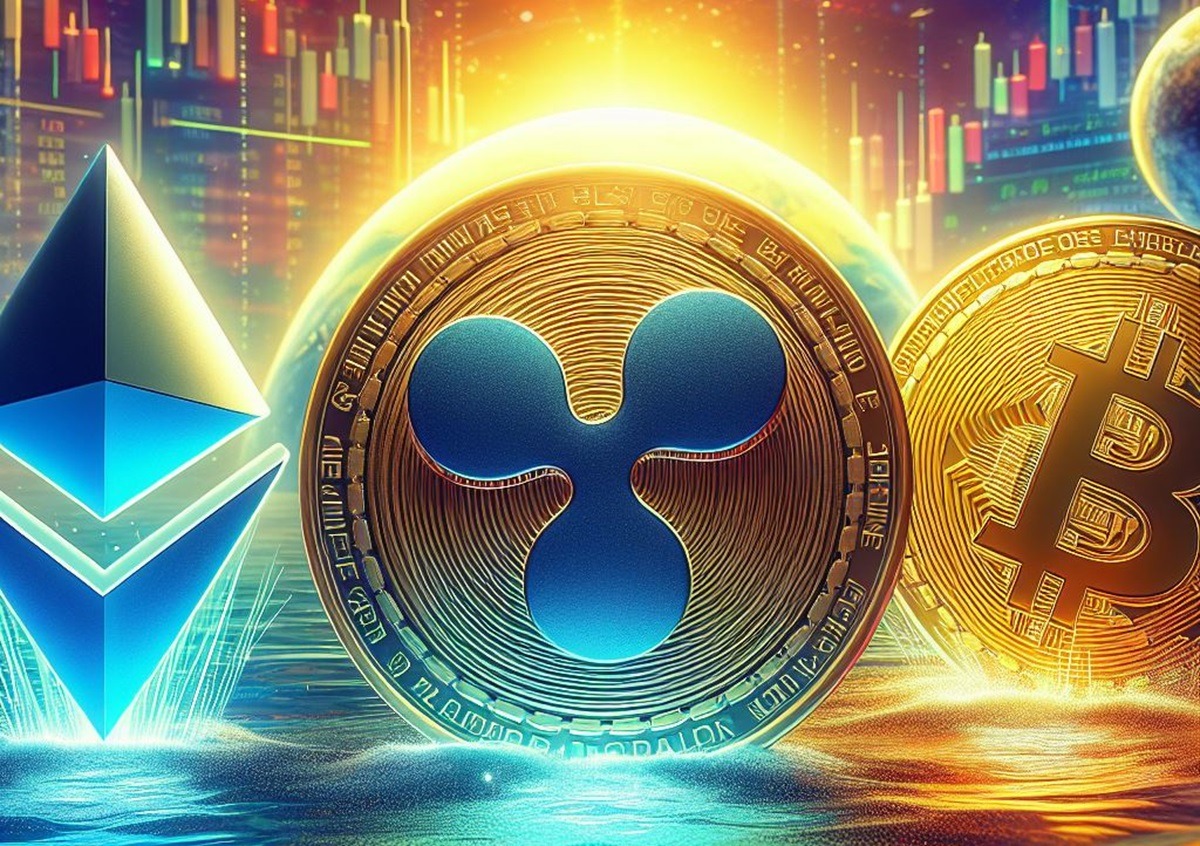
- The ongoing debate between XRP and Bitcoin communities revolves around concerns of centralization, with Bitcoin proponents criticizing Ripple’s large XRP holdings while XRP supporters argue that Bitcoin also faces centralization risks due to large institutional holders like BlackRock and MicroStrategy.
- Despite these concerns, both ecosystems benefit from their biggest investors, and the focus should shift toward real-world use cases rather than decentralization disputes.
The ongoing battle between the XRP and Bitcoin communities has intensified as discussions about centralization risks take center stage. Bitcoin maximalists argue that XRP is centralized due to Ripple’s significant holdings, but XRP supporters counter that Bitcoin itself has its own centralization concerns, thanks to large institutional holders like MicroStrategy and BlackRock.
The Feud Between XRP and Bitcoin Communities
Tensions have risen following reports that the U.S. government is considering a national digital asset reserve. Ripple has been advocating for an inclusive approach, where XRP and other crypto assets can be a part of this reserve alongside Bitcoin. However, some Bitcoin proponents claim that Ripple’s advocacy undermines Bitcoin’s decentralized ethos, branding XRP as a threat.
One of the most vocal critics is Pierre Rochard of Riot Platforms, who argues that Ripple’s large XRP holdings—over 42 billion XRP—make the asset centralized. This, he suggests, makes it unfit to be included in a national reserve. The argument follows a long-standing narrative that XRP is under too much corporate control, making it less decentralized than Bitcoin.
Is Bitcoin Truly Decentralized?
Lester Pyle, a crypto analyst, has pushed back against these claims, arguing that Bitcoin itself is not immune to centralization risks. He points out that entities like BlackRock, MicroStrategy, and even Bitcoin’s anonymous creator, Satoshi Nakamoto, hold massive amounts of BTC.
MicroStrategy alone owns 471,107 BTC, while BlackRock’s iShares Bitcoin Trust ETF controls an even larger 582,873.7 BTC. Furthermore, Satoshi Nakamoto’s holdings amount to an estimated 1.1 million BTC. When combined with other Bitcoin whales, these holdings could influence Bitcoin’s price and market stability, raising questions about true decentralization.
The Reality of Large Crypto Holders
Bitcoin advocates argue that these large BTC holders only control a small percentage of Bitcoin’s total supply—less than 5%—whereas Ripple holds nearly 50% of XRP’s max supply. This, they claim, is the fundamental difference that still makes Bitcoin more decentralized than XRP.
However, Lester Pyle and other supporters argue that large holders in both ecosystems serve a crucial role in driving adoption and market stability. Instead of spreading FUD (fear, uncertainty, and doubt), they suggest that the focus should be on innovation and the practical utility of these assets.
Conclusion
The debate over decentralization in crypto is far from settled. While XRP critics highlight Ripple’s control over XRP, Bitcoin is not entirely free from centralization risks due to the presence of institutional giants and early adopters holding large amounts of BTC. Ultimately, whether it’s XRP or Bitcoin, both ecosystems benefit from their biggest supporters and investors who drive mainstream adoption. As the crypto industry evolves, the focus should shift toward real-world use cases rather than ideological battles over decentralization.




